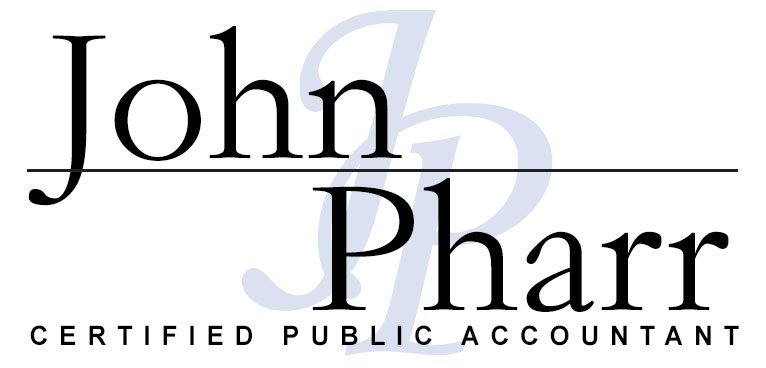Effective Tax Strategies for Individuals
As an individual taxpayer, it is essential to maximize your deductions and stay informed about the various tax credits available to you based on your lifestyle and expenses. Strive to make tax-efficient investments and plan for a tax-advantaged retirement. Additionally, if you have the opportunity to transfer money to a family member in a lower tax bracket, you can benefit from income splitting, thereby reducing your overall tax liability.
Standard Deduction vs. Itemized Deductions
Understanding the distinction between standard and itemized deductions is crucial for effective tax planning. Depending on your financial circumstances, itemizing your deductions may provide greater tax benefits compared to taking the standard deduction.
What is the standard tax deduction?
The standard deduction is a predetermined amount set by the Internal Revenue Service (IRS) that taxpayers can subtract from their income before calculating their tax liability. This amount is adjusted annually for inflation, and the IRS publishes these adjustments on its website ahead of the relevant tax year.
- $13,850 for single filers and married individuals filing separately.
- $20,800 for heads of households.
- $27,700 for married couples filing jointly.
What are itemized deductions?
Itemized deductions consist of specific expenses incurred during the tax year that are eligible for deduction under IRS guidelines. If the total of these expenses surpasses the standard deduction amount for the tax year, itemizing your deductions can be more beneficial. The following expenses may qualify for itemized deductions:
- State and local income or sales taxes (SALT).
- Real property taxes.
- Personal property taxes.
- Mortgage interest.
- Disaster losses.
- Charitable contributions.
- Medical and dental expenses (limited to the extent expenses exceed 7.5% of your AGI in 2023).
The Importance of Tax Credits
Unlike deductions, which reduce your taxable income, tax credits directly reduce the amount of tax you owe. For instance, a $2,000 tax credit would decrease a $10,000 tax liability to $8,000. This makes tax credits more advantageous than deductions on a dollar-for-dollar basis. Notable tax credits often relate to expenses for children, other dependents, and education.
Tax credits for children and other dependents
Here are some child-related tax credits you may qualify for:
- Adoption credit for adoption costs.
- Child and dependent care credit for daycare or nanny costs.
- Child tax credit for claiming a qualifying dependent under the age of 17.
- Credit for other dependents who do not qualify for the child tax credit.
Tax credits for education
- American Opportunity Tax Credit (AOTC) for eligible education expenses in the first four years of higher education.
- Lifetime learnings credit (LLC) for expenses paid to an eligible educational institution—not limited to the first four years of higher education.
Other valuable tax credits
Additional tax credits are available for low-income earners, retirement savings contributions, and energy-saving initiatives. These include:
- Earned Income Tax Credit (EITC) for workers whose earned income is lower than a threshold determined by the IRS based on filing status and number of dependents.
- Clean vehicle tax credit for the purchase of qualifying electric vehicles.
- Energy efficiency tax credits for the purchase of items that make your home more energy-efficient.
Education savings
A 529 plan, also known as a qualified tuition program, is a tax-advantaged education savings account. Although contributions to a 529 plan are not tax-deductible, withdrawals are tax-free when used for qualified educational expenses. Additionally, the funds invested in the plan grow tax-free, providing further financial benefits.
Retirement planning
There are several tax-advantaged retirement options to explore. Here are three of the most common:
- 401(k): This tax-deferred account is provided by your employer and allows you to deduct your contributions in the current tax year. You will, however, be taxed on your withdrawals during retirement.
- Traditional IRA: This tax-deferred account permits you to deduct contributions in the current tax year, provided you meet specific criteria. Taxes will be owed on withdrawals made during retirement.
- Roth IRA: This after-tax retirement account does not permit deductions for contributions on your taxes, but qualified distributions during retirement are tax-free.
What are tax-advantaged investments?
A tax-advantaged investment is any investment that provides tax benefits. This can include tax-deferred options, such as a 401(k) or traditional IRA, as well as investments that are tax-exempt in the future, like a Roth IRA. Incorporating tax-advantaged accounts into your portfolio is a strategic approach to effective tax planning.
Which states don’t tax retirement income?
Relocating to a state with favorable tax policies for retirees is an effective retirement planning strategy. For instance, the following eight states do not tax retirement income:
- Alaska
- Florida
- Nevada
- South Dakota
- Tennessee
- Texas
- Washington
- Wyoming
Several states may offer special provisions that restrict the amount of tax you’ll owe on your Social Security or pension income.
The Bottom Line
Effective tax planning is crucial for individual taxpayers to maximize deductions, leverage tax credits, and explore tax-advantaged investments. Understanding the differences between standard and itemized deductions allows taxpayers to optimize their tax strategies based on their financial circumstances. Additionally, taking advantage of tax credits for children, education expenses, and other eligible expenditures can significantly reduce tax liabilities. Education savings through vehicles like 529 plans and retirement planning via options such as 401(k)s, traditional IRAs, and Roth IRAs offer tax benefits and long-term financial security. By incorporating these strategies and staying informed about tax laws and provisions, taxpayers can effectively manage their tax liabilities and maximize their financial well-being.
PharrCPA
Ready to optimize your financial strategy? Take the next step with PharrCPA. Whether you’re saving for a short-term goal or planning for the future, our expert team is here to help.
Explore our range of investment options and tax solutions today to start maximizing your returns and achieving your financial goals. Don’t wait any longer – seize control of your financial future with PharrCPA.




